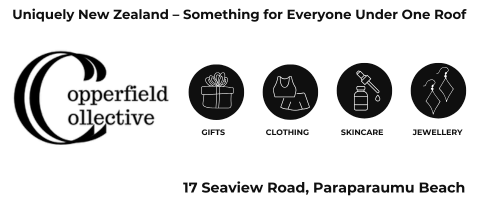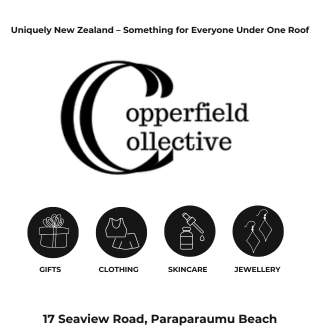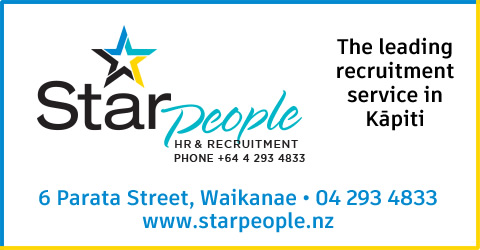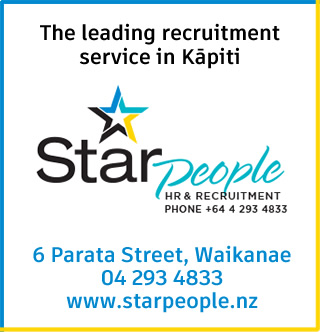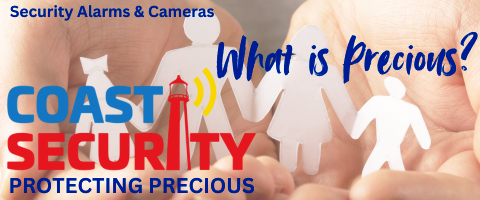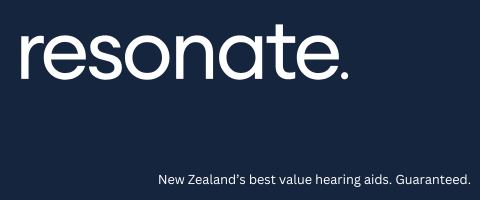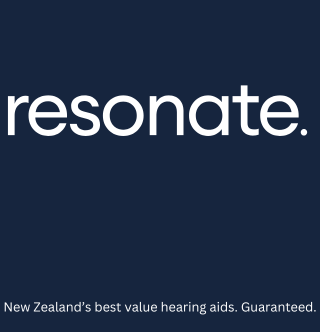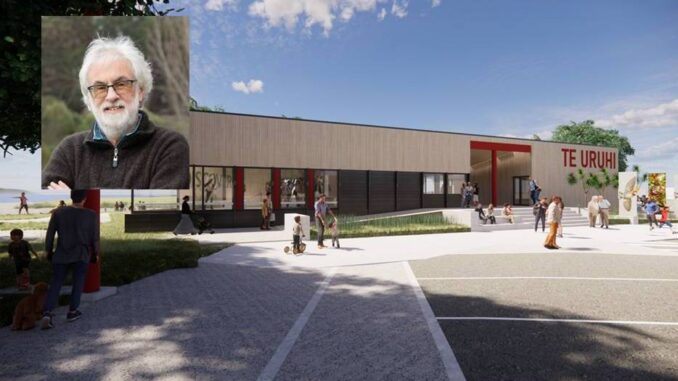
An Occasional Column by Ian Powell
This is the first of an occasional column for KC News on various matters which compel me to want to express my views to a wider audience. Occasional is the operative word. Two things will determine frequency – when I get the urge and the forbearance of the Editor.
My column’s theme is ‘Firm on issues; soft on people’. In other words, being firm on the issues while ensuring that those I might disagree with are respected and not subject to personal attacks; on a best endeavours basis of course!
The Gateway project (Te Uruhi) was initiated by the previous Kāpiti Coast District Coast Council. According to my online Māori to English dictionary, the English meaning of Te Uruhi as a verb is ensuring the observance of laws and rules. Its synonyms (words with the same or similar meaning) are impose, force and implement.
The aspirations and values behind KCDC’s original Gateway decision appealed to me, particularly biosecurity at Paraparaumu Beach for Kāpiti Island and a facility to further celebrate the rich Māori contribution to the Coast’s history and culture. Unfortunately, over time, the Gateway has arguably become the most toxic issue involving KCDC for many years.
The project got far too ambitious. The business argument was unconvincing and it failed to pass the good financial sense test (witness cost blowouts). Seductive funding from the former Provincial Fund seems to have affected good judgement. There does appear to have been good engagement with iwi (as there should have been) but not so good with the wider community and Māori residents whose iwi is outside Kāpiti.
There was an absence of debate on the Gateway during last year’s Council elections basically because overwhelmingly candidates were opposed to it (hence an absence of substantive debate). To the best of my knowledge no candidate openly campaigned for the Gateway. When asked, new Mayor Janet Holborow gave a reasoned outline of her view of what she thought the new Council’s approach should be.
However, when the new Council was elected it was a reasonable assumption that with one or two exceptions the large majority would vote to discontinue the Gateway project (which is not the same thing as abandoning the good intent behind it).
On 24 November Councillor Liz Koh moved a resolution that would bring an end to the Gateway. This was headed off by a procedural motion from Deputy Mayor Lawrence Kirby to table her resolution until the next meeting (25 January). His argument was more information was needed and it was important to consult with iwi. He succeeded with his motion but only in a split decision (6-5).
“Unfortunately, over time, the Gateway
has arguably become the most toxic issue
involving KCDC for many years.”
Kirby’s motion would have been reasonable if not for a very big ‘but’. There is a strong undercurrent of concern among residents and several current and former councillors that some senior staff have had too much influence on the continuation of the Gateway. This may or may not be correct but it is a prevalent perception among several. As such this is an unhealthy breeding ground for toxicity which undermines the trust and confidence in the relationship which an effective and credible KCDC needs to have with residents.
Kirby and his fellow councillors on both sides of his procedural motion should have been nimbler. It should have included, in either his drafting before the meeting or by proposed amendment during it, further words requiring that all Council work on the Gateway by Council, including staff, be put on hold until the tabled Koh resolution was voted on. That would have helped reduce toxicity levels.
Nevertheless the Koh resolution should be adopted on 25 January. Both the Gateway process, its practicality, and its financial viability are open to too much legitimate criticism. However, there is another big ‘but’. The original intent, prior to overhyped excitement, behind the Gateway should not be abandoned.
First, the need for a biosecurity facility to protect Kāpiti Island remains paramount. Rather than part of a larger project it should be a project in its own right. And do it through the Department of Conservation which should be responsible for its installation. The boat charter companies should also have an obligation here.
Second, KCDC should continue to engage with Māori, including but not confined to iwi, over opportunities for further celebrating their huge contribution to the Coast’s history and culture, including some form of culturally and fiscally acceptable facility. Perhaps it might also include a visitors centre but it is too early to make that call now.
There are many different ways of constructing visitors centres. Late last year I visited the beautiful English city of Bath and was very impressed with its compact, both digitally and manually functional, centre.
Both the biosecurity facility and the promotion of Kāpiti’s Māori history and culture would be excellent outcomes in their own right but also good for the district’s economic development. But the current Gateway project is a too blunt and costly means of achieving this. Council should focus on removing the toxicity of the Gateway in order to achieve these outcomes.
Toxicity has affected relationships between KCDC and residents, between councillors, and between its senior staff and several councillors. Toxicity is like corrosive rust. Once it settles in it becomes almost impossible to remove.



























